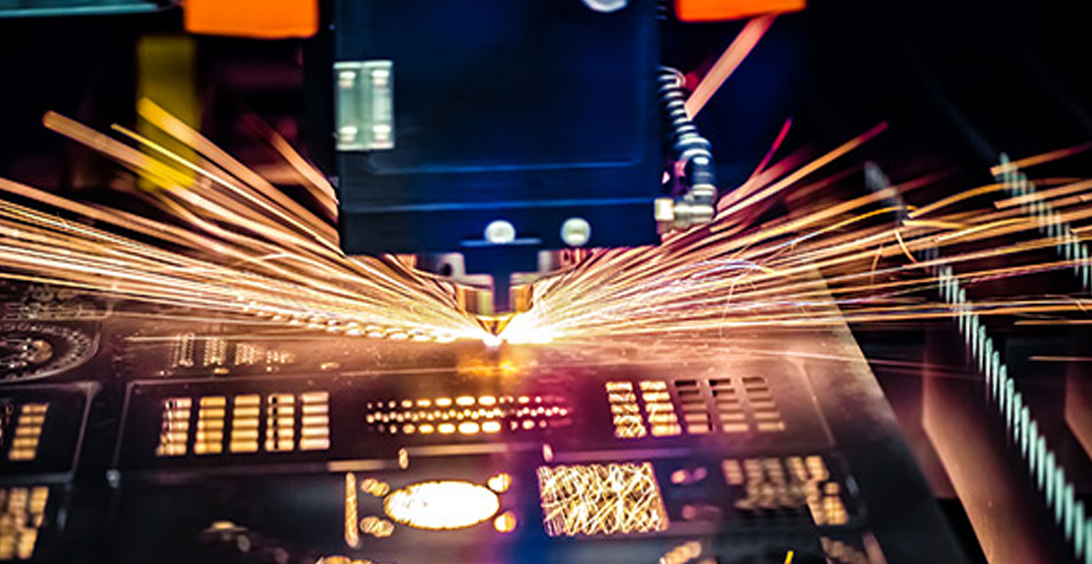
One of the hottest technology topics today is the Internet of Things (IoT). Mike Trojecki, Vice President of Internet of Things (IoT) and Analytics at Logicalis US, examines the Industrial Internet of Things (IIoT)
The IoT has three inherent qualities:
Things – Any connected device that is capable of generating data, whether it is a sensor, video camera, smartphone, medical device or any other device.
Connectivity – The physical medium—wireless or wired networks, Bluetooth, software-defined networks—connecting devices to each other and to an IoT platform.
Platforms – The cloud or on-premise software applications that help you manage, configure and capture data from connected devices.
Examples of IoT abound and are increasingly becoming familiar conveniences in our daily lives: wearables, home automation and security systems and other smart devices. But the Internet of Things has proven to be more than consumer-driven applications.
The new Industrial Age: IIoT
Manufacturing is a perfect example. Some say we're on the cusp of the next Industrial Revolution – others refer to it as Industry 4.0 – which is driven by the industrial Internet of things (IIoT). The IIoT can be defined as a collection of things and platforms connecting manufacturing environments, smart cities and agribusinesses.
The data collected can be used to automate operations and improve decision-making enabling improved safety and security, operational efficiency, asset management and predictive maintenance. A World Economic Forum report suggests the IIoT could add $14.2 trillion to the global economy by 2030, making it one of the biggest drivers of productivity and growth in the next decade.
The advantages could be so significant, in fact, that companies rejecting industry 4.0 technology will be at a distinct disadvantage as they compete with businesses that use technology to disrupt their industries.
Bringing IT and OT together for secure IIoT
The problem is that a successful IIoT implementation requires information technology (IT) and operations technology (OT) to work together – an often difficult challenge, both technologically and culturally. IT is often driven by rapid change, while OT is typically driven by established tradition.
But as manufacturers increasingly require access to more and more data, once siloed manufacturing machines and systems are progressively becoming connected to networks. While the efficiency results are beneficial, those same operational systems are now more susceptible to cyberattacks (DDoS attacks, cyberespionage, employee sabotage – or just plain naivety – and other security risks) that previously affected only IT systems.
Furthermore, the legacy systems and software used on the OT side and connected to the Internet have opened a potential Pandora's box. Companies using these legacy tools might as well put out a welcome mat.
The silos of IT and OT have begun to converge necessitating the need for tighter collaboration.
The question is…how do you prevent cyberthreats that can shut down machines (and the plant itself) and pose potential safety hazards to employees, while still providing appropriate access to data?
The answer lies in ensuring you employ trusted partners with the expertise and skills to help you access valuable operational data while ensuring the security of your plant from the inside out.